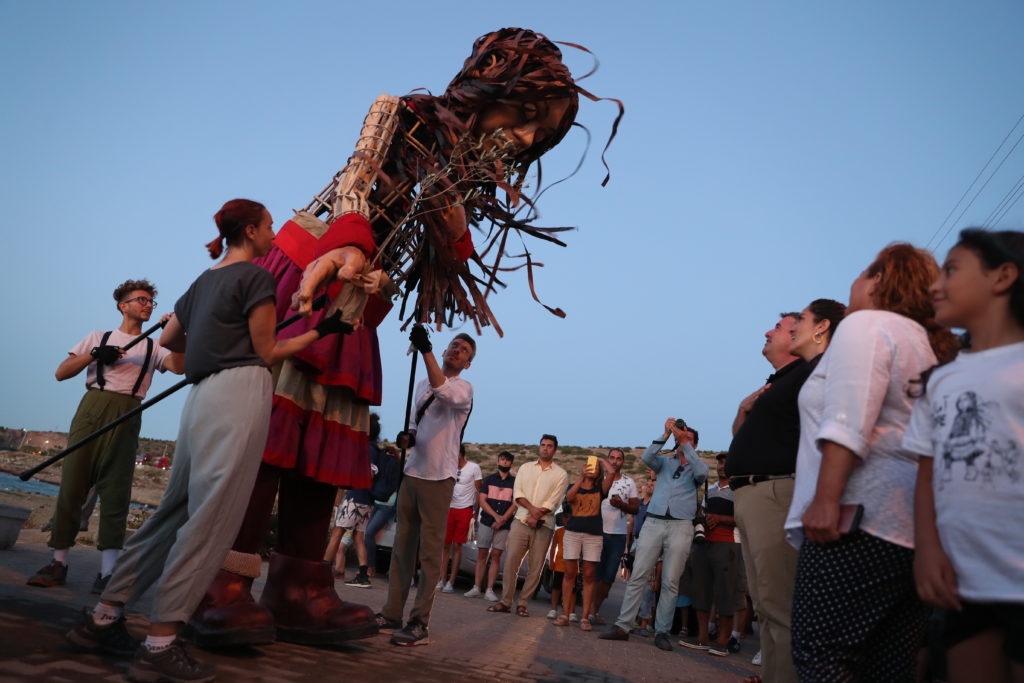Blood/stones
Burmese Rubies
About the Project
Since the 1962 seizure of the Burmese government by the military junta, the Burmese people have suffered significant human rights violations. The country’s rulers have made themselves and a small elite extraordinarily wealthy by exploiting Myanmar’s (Burma’s) vast natural resources and generating large sums of foreign currency through export, among the most lucrative of these resources are the legendary gemstones and minerals found in Burmese earth. Burmese rubies alone, fabled for their deep color, generate close to $500 million USD annually in sales while jade and other stones contribute enormously to the government’s coffers. Although legislation exists in both the United States and the United Kingdom that prevents conflict stones from entering the U.S. and UK economies, there are still nations that are willing to overlook the Burmese government’s abuses and continue to deal in the stones. The Burmese government has continued to profit off of these minerals while denying its citizens basic human rights and carrying out ethnic genocide against the Rohingas.
BLOOD/STONES: Burmese Rubies provides a glimpse into the world of ruby extraction, addressing the crisis that Burmese citizens faced. This exhibit was produced in 2012, just months after the military junta was officially dissolved following the 2010 general election. However today we know that just a decade later in 2021, the military regained control of the country after staging a coup, prompting protests and violence in the streets. The political instability and violence in the country during 2021 and 2022 has led to fear of a civil war and massive displacement, with the UN estimating over one million people are displaced internally or in neighboring countries. Despite these recent events, Burmese rubies are still sold and bought around the world, perpetuating this cycle of abuse and government profit. Holst’s striking images provide a rare look at a country whose rulers have tried to close its people off from the world and offer those who show and view the exhibit an opportunity to bring attention to the people of Myanmar (Burma) and a uniquely intimate view of a society that must not be forgotten.
about the artist
Christian Holst is represented by Reportage by Getty Images.
an inside look
This video, produced by Manifest Media, explores the motivations behind this project and includes interviews with ART WORKS Projects founder, Leslie Thomas, and photographer Christian Holst.
BLOOD/STONES: Burmese Rubies – An Inside Look (2 min. 27 sec. video)
public programs
Chicago, IL, January 13th, 2012
October 10, 2013
Chicago, February 27, 2012
Special thanks to speakers Christian Holst, Photographer; Dave Mathieson, Human Rights Watch Burma researcher; and Brian Leber, jeweler.
In partnership with Chicago Council on Global Affairs and Human Rights Watch.
bring this exhibit to you
All of our exhibitions are designed to tour and can be adapted to a broad spectrum of venue types and sizes.
We are happy to provide step-by-step support for hosting this exhibit.
Contact us to learn more about bringing this exhibit to your community.
BLOOD/STONES: Burmese Rubies at The Field Museum in Chicago, IL, 2012
Resources & Tools
Learn more about this issue and the ways you can stay informed and take action.
News
March 2023: More than 20 people were killed at a monastery in Nam Nein village in eastern Myanmar. Although the resistance groups have accused the military of carrying out this attack, it is still unclear. This attack is a part of increased violence in the country since the coup over two years ago
Global Witness Report
December 2021: Global Witness published a report into how the gem trade is funding the Burmese military.
UNHCR Report
October 2022: The United Nations High Commissioner for Refugees (UNHCR) released a report on internal refugees in Myanmar/Burma and Burmese refugees in other countries.
Stats
- In 2021, a Burmese ruby of 10 carats or more can cost 5 to 10 million euros ($5.7 million to $11.4 million) per the New York Times
- Production data from 2014-2017 estimates that Myanmar’s gemstone industry was worth $346 million to $415 million per year (Global Witness)
support for this project
BLOOD/STONES is generously supported in part by Open Society Foundations.


